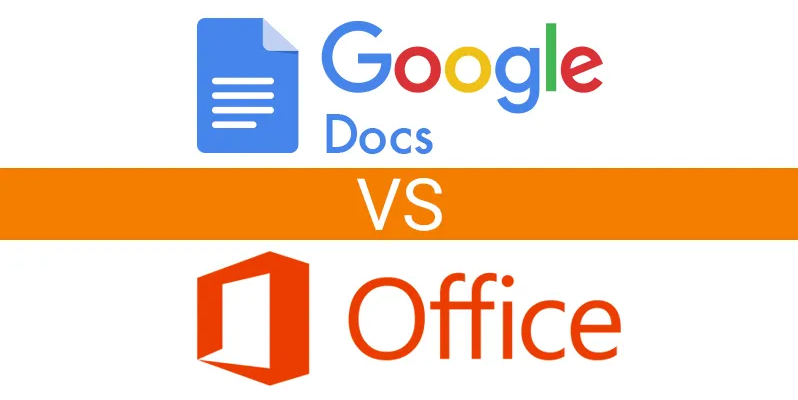When the idea of productivity suite springs to mind, Google and Microsoft tend to follow. They are currently the two most popular tools on the market for the variety of reasons outlined below. While both offer seemingly near identical functions, file storage, word processing, etc. they have a few notable differences upon closer inspection. In this guide we will look over some of these differences and decide which productivity suite is more useful for your business.
|
|
G Suite |
Office 365 |
|
Pricing |
$5/month – $10/month |
$5/month – $15/month |
|
Business |
Gmail |
Outlook |
|
Email Storage |
30GB – Unlimited |
50GB |
|
Cloud |
30GB – Unlimited |
1TB |
|
Word Processing |
Google Docs |
MS Word |
|
Spreadsheets |
Google Sheets |
MS Excel |
|
Presentations |
Google Slides |
MS PowerPoint |
|
Video |
Hangouts/Voice |
Skype |
|
Team Intranet |
Teams |
SharePoint |
|
Administrative |
✔ |
✔ |
|
Calendaring |
✔ |
✔ |
|
Browser-Based |
✔ |
✔ |
|
Mobile App Versions |
✔ |
✔ |
|
Desktop |
✔ |
|
|
More Information |
Whichever productivity suite you choose is largely based on the functionality and features. Google’s version of the word app isn’t quite as nice looking and spiffy, but they both have similar features with reasonable functionality found in each.
An excellent example of this noticeable difference is Google Docs Presentation and Microsoft PowerPoint. The first difference comes when opening up each application. Opening Google Docs Presentation immediately defaults to a plain black and white format, while starting PowerPoint offers multiple interesting theme options. When you add images into PowerPoint, the image is automatically sized to fit while Google Docs Presentation just pastes it in with no thought to the size.
Looking over the differences shows that while both applications are more than usable, Microsoft PowerPoint offers a more convenient way to make presentations.
Cost
Office 365 will cost between $5 – $10 per month depending on the plan while Google Suites will cost between $5 – $15 per month. Microsoft and Google both offer a guaranteed uptime service level agreement which is very important when running a business.
Collaboration
The main feature of Google Docs is Collaboration and should easily trump anything that Microsoft could offer in return, or does it? Google Docs can be shared with anyone who has a google account and any users with access can work on all files at the same time. There is also text box to talk with collaborators. Microsoft lets you share files with anyone and everyone, and also offers chat functionality and with the advent of Teams the two products are both very collaborative.
Gmail has Google voice and Google chat built in, allowing video calls, instant messaging, and voice chat with their contributors. Surprisingly Microsoft comes out a bit ahead of Google with Lync’s messaging whiteboarding features, video conferencing and having real time presence info with Teams. Given this, Microsoft actually comes out ahead.
Conclusion
While Google and Microsoft are neck and neck in the race for dominance in web based office productivity. In this case Microsoft outshines Google in terms of their ease of use. In every category we have looked at Microsoft comes out ahead of googles equivalent services and while they are still very useful, Microsoft simply does it better. We hope this guide helps determine which platform is right for you.
If you need instruction on the workings of Microsoft office then why not visit Ultimate IT Courses.

